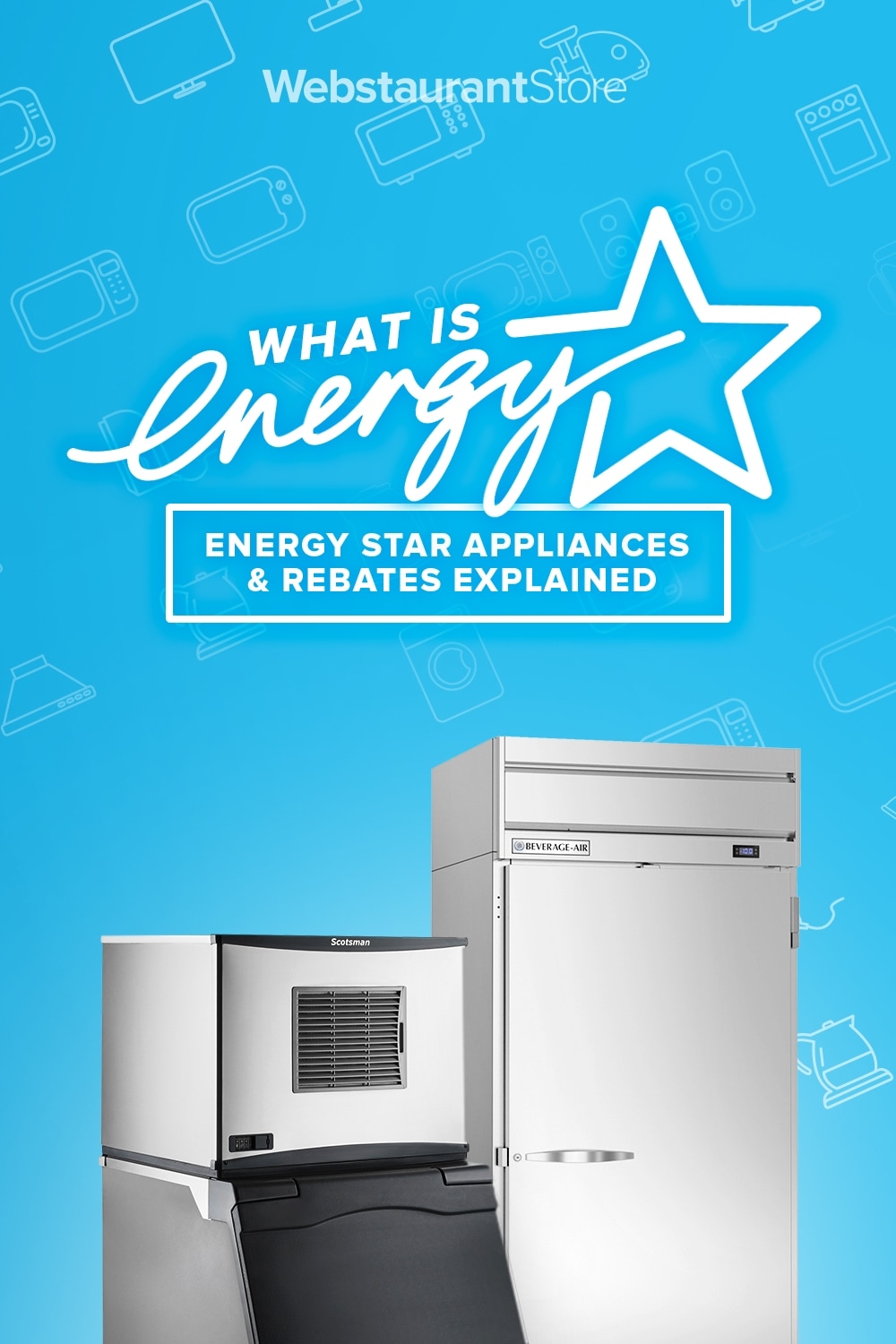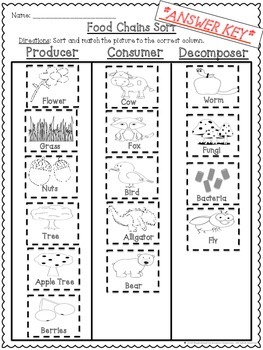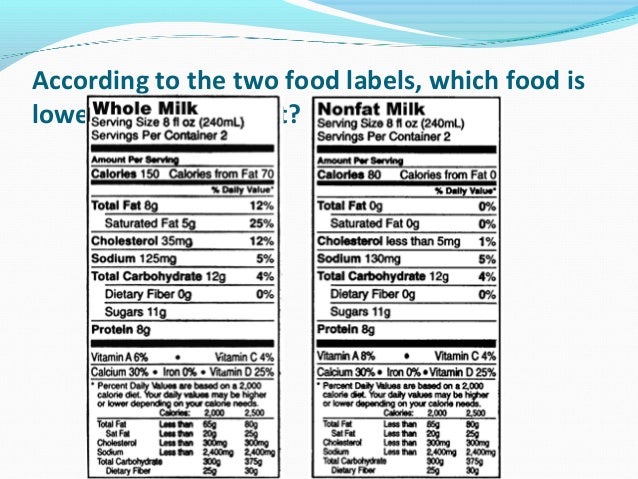41 energy on food labels
How to understand food labels - Eat For Health The Nutrition Information Panel on a food label offers the simplest and easiest way to choose foods with less saturated fat, salt (sodium), added sugars and kilojoules, and more fibre. It can also be used to decide how large one serve of a food group choice or discretionary food would be and whether it's worth the kilojoules. How Do They Calculate Calories on Food Labels? Additional research shows that energy values using traditional Atwater factors overestimate the energy value of almonds and pistachios by 32% and 5%, respectively. Our tips: We want to believe that the information on food labels is 100% accurate, but in reality, it is a compilation of best available data rounded to whole numbers.
Nutrition labels decrease energy intake in adults consuming lunch in ... Nutrition labels decrease energy intake in adults consuming lunch in the laboratory Abstract Increased visibility of food labels is a potential method to reduce the rate of obesity. However, few empirical studies have investigated the impact of nutrition labeling on food selection or energy intake.

Energy on food labels
How To Read Food and Beverage Labels | National Institute on Aging For more information about food labels USDA MyPlate 703-305-2060 U.S. Department of Health and Human Services 877-696-6775 U.S. Food and Drug Administration 888-463-6332 druginfo@fda.hhs.gov This content is provided by the NIH National Institute on Aging (NIA). how to understand food labels - Eat For Health Not all labels include fibre. Choose breads and cereals with 3g or more per serve Nutrition Information Servings per package – 16 Serving size – 30g (2/3 cup) Per serve Per 100g Energy 432kJ 1441kJ Protein 2.8g 9.3g Fat Total 0.4g 1.2g Saturated 0.1g 0.3g Carbohydrate Total 18.9g 62.9g Sugars 3.5g 11.8g Fibre 6.4g 21.2g Sodium 65mg 215mg Guide to creating a front of pack (FoP) nutrition label for ... % RI information based on the amount of each nutrient and energy value in a portion of the food. Colour coding of the nutrient content of the food. Companies may additionally include the descriptors “High”, “Medium” or “Low” (HML) together with the colours red, amber or green respectively to reinforce their meaning.
Energy on food labels. Why most food labels are wrong about calories - The Conversation A calorie is a measure of usable energy. Food labels say how many calories a food contains. But what they don't say is that how many calories you actually get out of your food depends on how highly... Energy in food (kilojoules and calories) - Better Health Channel Food energy used to be measured in Calories (Cal) and some countries still use those units. The conversions are as follows: 1 kJ = 0.2 Cal; ... You can find out how many kilojoules are in specific foods by checking the label (nutrition information panel) on packaged foods in the supermarket. When eating out or grabbing food on the run, check ... The Science Behind Calories and Nutrition Facts Labels These labels provide you with information you need to make healthy food choices. Our bodies get energy from the food we eat. When we digest food, our bodies use some energy right away and store the rest of the energy for later. Our bodies use energy for three main things. These include digestion, physical activity and other body functions. Energy Drink Labels Sometimes Misleading - LHSFNA Even with the lawsuits and legal fees, the energy drink market has been very profitable with the two leaders alone (Red Bull and Monster) raking in a whopping $746 million in net profits for 2012. If you read food labels, you may have noticed some differences in energy drink labeling. Some energy drink manufacturers use "Supplement Facts ...
Food Labels | Nutrition.gov What's New with the Nutrition Facts Label. HHS, Food and Drug Administration. The U.S. Food and Drug Administration (FDA) has updated the Nutrition Facts label on packaged foods and beverages with a fresh design that will make it easier for you to make informed food choices that contribute to lifelong healthy eating habits. What's in a Name? food | Definition & Nutrition | Britannica food, substance consisting essentially of protein, carbohydrate, fat, and other nutrients used in the body of an organism to sustain growth and vital processes and to furnish energy. The absorption and utilization of food by the body is fundamental to nutrition and is facilitated by digestion. Plants, which convert solar energy to food by photosynthesis, are the primary food source. Animals ... Why Do Food Labels Use Calories Instead of Joules or Kilojoules? The Atwater system is generally used by the food industry for U.S. labels. This is a standard for calculating the energy value of carbohydrates, fats and proteins. These kilocalories are expressed as "calories." The system assigns 4 calories per gram to carbohydrates, 9 calories per gram to fats and 4 calories per gram to proteins. Calculate the energy content of foods - Dairy Science Calculate the energy content of foods. While this calculator can be used a simple food calorie counter it is an integral part of an article on food labelling. The article provides an insight to the use of food labelling as a governmental policy 'tool' in the 'battle' against obesity and explains the science underlying the calculations ...
How to calculate the Energy available from foods To calculate the energy available from a food, multiply the number of grams of carbohydrate, protein, and fat by 4,4, and 9, respectively. Then add the results together. For example, 1 slice of bread with a tablespoon of peanut butter on it contains 16 grams carbohydrate, 7 grams protein, and 9 grams fat : 16g carbohydrate x 4 kcal/g = 64 kca l Food labels & nutritional information | Raising Children Network Things to look out for on food labels: energy, fat, sugar and salt Energy Energy is listed on the panel as kilojoules (kJ). Fats, protein and carbohydrates all provide your body with the energy or kilojoules you need to function and do your daily activities. Labelling-Determination of the energy content of food How is energy content recorded on labels? In the UK and other member states of the European Union manufacturers of pre-packaged food must label the nutritional energy of their products in both kilocalories ("kcal") and kilojoules ("kJ"). The energy content of food is generally given for 100 g and for a typical serving size. PDF Food Labeling Guide Food Labeling Guide Additionalcopies are available from: Office of Nutrition, Labeling, and Dietary Supplements HFS-800 Center for Food Safety and Applied Nutrition Food and Drug Administration...
Nutrition information panels - Food Standards Nutrition information panels (NIP) on food labels provide information on the average quantity of energy in kilojoules or in kilojoules and kilocalories and these nutrients: protein fat saturated fat carbohydrate sugars sodium - a component of salt. A NIP will include information about other nutrients if a claim is made.

Christian Dior, Jigsaw, Mistral and Dune among designer brand labels donated to Shelter Scotland ...
Label: Front of pack labels > Five key nutrients > Energy - Food label The energy a food delivers depends on the nutrients it contains. A gram of carbohydrates has four calories as does a gram of protein. One gram of fat contains nine calories and a gram of alcohol has seven calories. Eating too little energy'can be equally bad for health as it can mean the body isn't getting enough nutrients, which can be bad for ...
Food Labels: Calories VS Energy - Marci R.D. In case you haven't noticed, their food labels don't contain the word "calories." Instead, they use the word "energy." Every time I see that it brings a smile to face. In my opinion, the word calorie seems to possess a laundry list of negative associations. Count your calories Cut your calories Burn your calories Choose your calories wisely
Nutrition labels are only telling half the story about your food's calories Labels provide a number that likely overestimates the calories available in unprocessed foods. Food labels ignore the costs of the digestive process—losses to bacteria and energy spent digesting ...
Should You Bite on Energy Bar Health Claims? - Consumer Reports Energy bar labels are covered in claims from "gluten free" to "non GMO." We counted 31 different types of assertions on the labels of the bars we looked at in our recent tests that had to do with...
Food Labels | CDC All the numbers on this label are for a 2/3-cup serving. This package has 8 servings. If you eat the whole thing, you are eating 8 times the amount of calories, carbs, fat, etc., shown on the label. Total Carbohydrate shows you types of carbs in the food, including sugar and fiber. Choose foods with more fiber, vitamins, and minerals.
How to Calculate Energy From Foods | livestrong Step 1 Multiply grams of carbohydrate in the food by 4 calories per gram. A calorie is a unit of how much energy is in a given amount of food, also called a kcal. Regardless of whether the carbohydrate in food is sugar or starch, all carbohydrates provide the body with 4 calories/gram, explains Dr. Lauralee Sherwood in her book "Human Physiology."
Food labels - NHS Most pre-packed foods have a nutrition label on the back or side of the packaging. These labels include information on energy in kilojoules (kJ) and kilocalories (kcal), usually referred to as calories. They also include information on fat, saturates (saturated fat), carbohydrate, sugars, protein and salt.
Nutrition labelling - Food Safety It must provide the energy value and the amounts of fat, saturates, carbohydrate, sugars, protein and salt of the food. The declaration must be presented in a legible tabular format on the packaging. Where space does not permit it, the information may be presented in linear format.
How to Understand and Use the Nutrition Facts Label | FDA That is two times the calories and nutrients shown in the sample label, so you would need to double the nutrient and calorie amounts, as well as the %DVs, to see what you are getting in two...
Understanding food labels: portions, energy | Health24 When next you look at a food label that says 'low in energy', first check the label to see how much energy it really contains. That energy bar we were discussing earlier may contain as much as 500kJ per 50g portion (which means it contains 1000kJ per 100g). Therefore, it is anything but 'low in energy'. Energy content of slimming products
Food labels will not only show you the composition of your food, but it will often also indicate which fraction of your daily calory intake will be covered by a certain portion of the respective food item. By getting this information, you might be better able to plan your diet in order to avoid excessive calory intake.
Understanding Food Labels | The Nutrition Source | Harvard T.H. Chan ... Chile implemented the Law of Food Labeling and Advertising in 2016, comprised of mandatory front-of-package (FOP) warning labels, restrictions on child-directed marketing, and the banning of sales in schools of all foods and beverages containing added sugars, sodium, or saturated fats that exceeded set nutrient or calorie thresholds. [1]
Guide to creating a front of pack (FoP) nutrition label for ... % RI information based on the amount of each nutrient and energy value in a portion of the food. Colour coding of the nutrient content of the food. Companies may additionally include the descriptors “High”, “Medium” or “Low” (HML) together with the colours red, amber or green respectively to reinforce their meaning.
how to understand food labels - Eat For Health Not all labels include fibre. Choose breads and cereals with 3g or more per serve Nutrition Information Servings per package – 16 Serving size – 30g (2/3 cup) Per serve Per 100g Energy 432kJ 1441kJ Protein 2.8g 9.3g Fat Total 0.4g 1.2g Saturated 0.1g 0.3g Carbohydrate Total 18.9g 62.9g Sugars 3.5g 11.8g Fibre 6.4g 21.2g Sodium 65mg 215mg
How To Read Food and Beverage Labels | National Institute on Aging For more information about food labels USDA MyPlate 703-305-2060 U.S. Department of Health and Human Services 877-696-6775 U.S. Food and Drug Administration 888-463-6332 druginfo@fda.hhs.gov This content is provided by the NIH National Institute on Aging (NIA).














Post a Comment for "41 energy on food labels"